
THE INTERNAL CLITORIS: where the magic is
Consider this: In over five million years of human evolution, only one organ has come to exist for the sole purpose of providing pleasure—the clitoris. It is not required for reproduction. It doesn’t have a urethra running through it like the penis, and thus, does not urinate. Its sole function—its singular, wonderful purpose—is to make a woman feel good!

Sadly, it is precisely because the clitoris has no function apart from female pleasure that science has neglected to study it as intricately as the penis. One piece of pertinent information lacking that science had not yet discovered, until recently, is the true size and scope of the clitoris.
Try asking the next person you encounter to tell you where the clitoris is located. Having posed this question to others many times myself, I’ll guess that the majority of answers you receive will sound something like, “It’s that small bulb at the top of my lips,” or, “That’s the button up under the hood.” Although these responses aren’t exactly wrong, the interesting truth is that the majority of the clitoris is actually within the pelvis—that is, it’s far more internal than external. Most women I know, who are generally worldly and well-informed about their own bodies, have a combination of fascination and confusion learning that the clitoris extends deep within them.
The scientific name for the external “little button” or “bulb” is glans. Not to be confused with glands, glans simply refers to a small circular mass. This little structure contains approximately 8,000 sensory nerve fibers; more than anywhere else in the human body and nearly twice the amount found on the head of a penis! From reading her work, it’s clear that Marie Bonepart mistakenly thought that the clitoris was completely comprised of the glans; and because it is super sensitive and all anyone can see of the organ, her confusion is mirrored by most women today. The fact is though, that most of the clitoris is subterranean, consisting of two corpora cavernosa (corpus cavernosum when referring to the structure as a whole), two crura (crus when referring to the structure as a whole), and the clitoral vestibules or bulbs.
The glans is connected to the body or shaft of the internal clitoris, which is made up of two corpora cavernosa. When erect, the corpora cavernosa encompass the vagina on either side, as if they were wrapping around it giving it a big hug!

The corpus cavernosum also extends further, bifurcating again to form the two crura. These two legs extend up to 9cm, pointing toward the thighs when at rest, and stretching back toward the spine when erect. To picture them at rest, imagine the crura as a wishbone, coming together at the body of the clitoris where they attach to the pubic symphysis.
Near each of the crura on either side of the vaginal opening are the clitoral vestibules. These are internally under the labia majora. When they become engorged with blood they actually cuff the vaginal opening causing the vulva to expand outward. Get these puppies excited, and you’ve got a hungrier, tighter-feeling vaginal opening in which to explore!
What does all this mean? Well, for starters, we can finally end that age-old debate of vaginal vs. clitoral orgasms.
The erect internal clitoris: 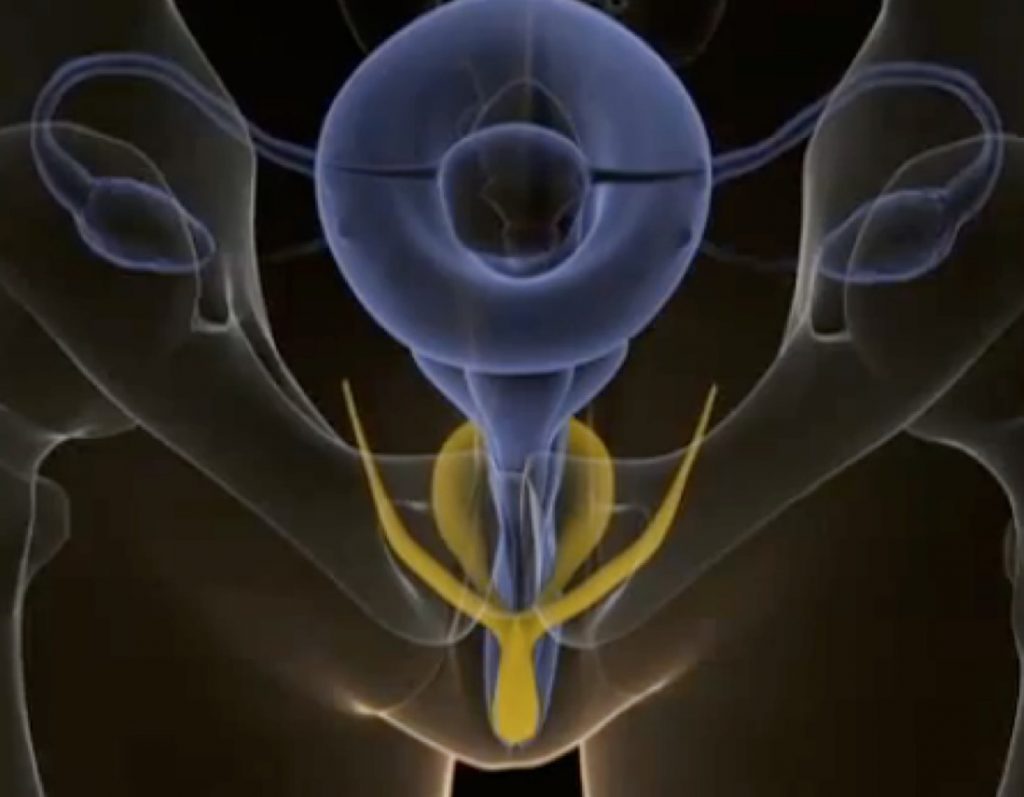
In 1953, Kinsey wrote: “The vagina walls are quite insensitive in the great majority of females … There is no evidence that the vagina is ever the sole source of arousal, or even the primary source of erotic arousal in any female.”
Then in 1970, Germaine Greer published The Female Eunuch, which scoffed at Kinsey’s theory. She wrote, “It is nonsense to say that a woman feels nothing when a man is moving his penis inside her vagina. The orgasm is qualitatively different when the vagina can undulate around the penis instead of a vacancy.”
Interestingly, they’re both right. The vagina is not the sole source of arousal, though to stimulate the inner clitoris you can greatly do so by manipulating, displacing, and exploring the vagina with a penis or other apparatus.
Many women can bring themselves to orgasm without ever inserting anything inside of themselves. They are causing their internal clitoris to become erect and likely stimulating their glans, bulbs, and crura by rubbing themselves on the outside. The corpus cavernousum is the additional erectile tissue encompassing the vagina, and greatly erogenous when stimulated internally.
Sketch of the erect internal clitoris:

Let’s also remember, female orgasm is not solely about the clitoris and vagina either. It is far more complex and also involves the workings of multiple nerves, tissues, muscles, reflexes, and mental effort. Some women can think themselves to orgasm. Others can orgasm simply by flexing their pelvic muscles. Considering all the components involved plus the variability of human beings and their anatomies, it’s extremely important to remember no two people are the same. What works for one woman may not work for another. In other words, it’s all custom under the hood.
What really blows my mind is the plethora of misinformation that exists in textbooks, professional medical guides, and on the internet. Take for example, in one of my undergraduate textbooks titled Understanding Human Sexuality, the clitoris is depicted merely as just the glans. The sad fact is it wasn’t until the 1990’s that researchers began using MRI to study the internal structure of the clitoris. By then, the intricate details of the penis were already well known.
Urologist Helen O’Connell of the Royal Melbourne Hospital set out to better understand the microscopic nerve supply to the clitoris using MRI, something that had already been done for men with regard to their sexual function in the 1970s. In 1998 she published her findings, informing the medical world of the true scope and size of the clitoris. Yet ironically that same year, men in America began popping Viagra to cure erectile dysfunction.
Sketch of the clitoris at rest:

In 2005 The American Urological Association published one of Dr. O’Connell’s reports on clitoral anatomy. The report itself even states, “The anatomy of the clitoris has not been stable with time as would be expected. To a major extent its study has been dominated by social factors … Some recent anatomy textbooks omit a description of the clitoris. By comparison, pages are devoted to penile anatomy.” The report also mentions how seemingly impossible it is to understand the internal structure of the clitoris with just one diagram. Several are required to truly get a comprehensive understanding of it.
Alas it wasn’t until as recent as 2009, French researchers Dr. Odile Buisson and Dr. Pierre Foldès gave the medical world it’s first complete 3-D sonography of the stimulated clitoris. They did this work for three years without any proper funding. Thanks to them, we now understand how the erectile tissue of the clitoris engorges and surrounds the vagina—a complete breakthrough that explains how what we once considered to be a vaginal orgasm is actually an internal clitoral orgasm.
And so we teach our children well….

3D Model of the Clitoris is making a big sensation in education in France
Paul Verlaine celebrated it in his 1889 poem Printemps as a “shining pink button”, but thanks to the sociomedical researcher Odile Fillod, French schoolchildren will now understand that it looks more like a hi-tech boomerang. Yes, the world’s first open-source, anatomically correct, printable 3D clitoris is here, and it will be used for sex education in French schools, from primary to secondary level, from September.
From Fillod’s sculpture, pupils will learn that the clitoris is made up of the same tissue as the penis. That it is divided into crura or legs, bulbs, foreskin and a head. That the only difference between a clitoris and a penis is that most of the female erectile tissue is internal – and that it’s often longer, at around 8 inches.
“It’s important that women have a mental image of what is actually happening in their body when they’re stimulated,” Paris-based Fillod says. “In understanding the key role of the clitoris, a woman can stop feeling shame, or [that she’s] abnormal if penile-vaginal intercourse doesn’t do the trick for her – given the anatomical data, that is the case for most women.”
 The Goddess Emerging by Jelwery Artist Lizzie Goodwin www.TalisWomanDesign.com
The Goddess Emerging by Jelwery Artist Lizzie Goodwin www.TalisWomanDesign.com
“It’s also vital to know that the equivalent of a penis in a woman is not a vagina, it’s her clitoris. Women get erections when they’re excited, only you can’t see them because most of the clitoris is internal. I wanted to show that men and women are not fundamentally different.”
Fillod had been working with Toulouse-based V.Ideaux, creators of an anti-sexist web TV series, to create a modern sex education video when it struck her that the clitoris was never presented correctly in school textbooks. This catalyzed her to develop her 3D model at the Fab Lab, of the Cité des Sciences et de L’Industrie in Paris.

Fillod’s 3D clit has come in the nick of time. This June, Haut Conseil à l’Egalité, a government body monitoring gender equality in public life, published a damning report on the state of sex ed in France. The report revealed that sex education is rife with sexism. Current official guidelines state that young boys are more “focused on genital sexuality”, while girls “attach more importance to love”.
Clitoris activism is hot in France right now. The feminist group Osez Le Féminisme has been vocal in combatting the silence around it since 2011. While in Nice, a group of sex-positive feminists, Les Infemmes, has created a “sensual counter culture” fanzine called L’Antisèche du Clito or The Idiot’s Guide to the Clit. There are funny drawings of “Punk Clit,” “Dracula Clit” and “Freud Clit”, as well as facts about the organ.
Meanwhile, jeweler Anne Larue has created a bronze clitoris pendant in conjunction with Les Infemmes artist Amandine Brûlée. “The clitoris has been the hidden, shameful organ for so long,” says Larue. “My necklace brings it to the light of day.” She reassures that the more timorous should not be worried about wearing it: “For the uninitiated, it looks like an octopus or a Neolithic goddess.”
Jewlery withIN and out of the body:

http://www.shapeways.com/product/FRSE2P4QB/anatomical-clit-model?optionId=60709030
The Australian doctor Helen O’Connell is often credited as being the first person to show the complete anatomy of the clitoris to the modern world in 1998. In fact that achievement belongs to LA-based activist-artist Suzann Gage, who realized, while looking for images of the clitoris to illustrate a book called A New View of a Woman’s Body in 1981, that her best information came from medical textbooks of the 1800s – when anatomical drawings were done from cadavers. So images of the clitoris might have existed for a long time but, on realizing that it played no direct part in reproduction, the medical profession chose to ignore it.
Fillod has hopes that doctors as well as school teachers, will use her sculpture to learn – and teach – the truth about the female body. “France has the reputation for being sexually sophisticated, but often it’s about male sexuality.” However, she is optimistic about the future. “Understanding that they have an erectile system just like men, I think women will start to experiment more. They will understand that pleasure is not some magic that only a partner knows how to give.”
- Excerpts from articles by Ms M, sex educator & contributor at The Museum of Sex, NYC and Stephanie Theobald, writer, The Guardian August 2016

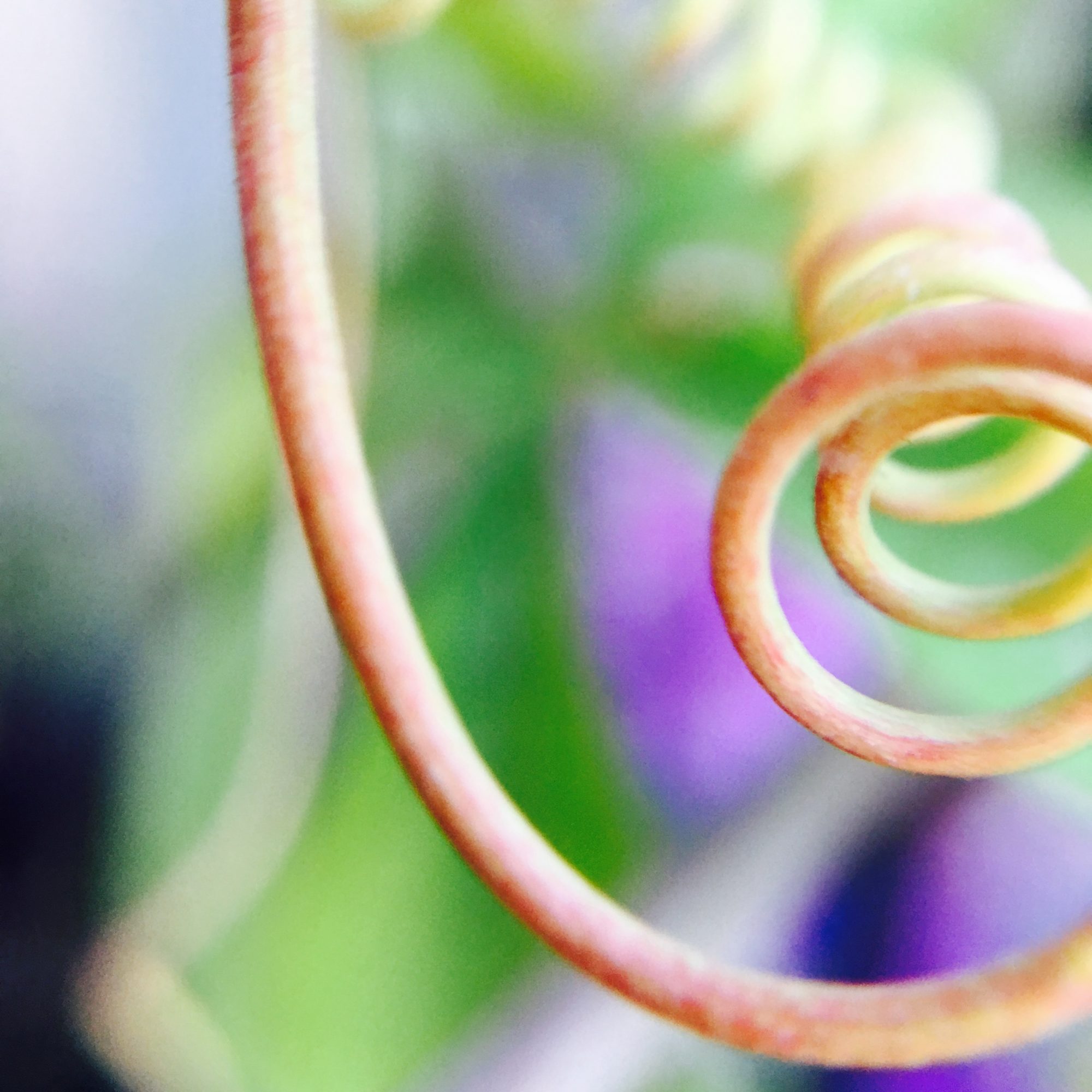

















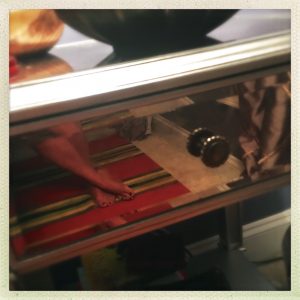





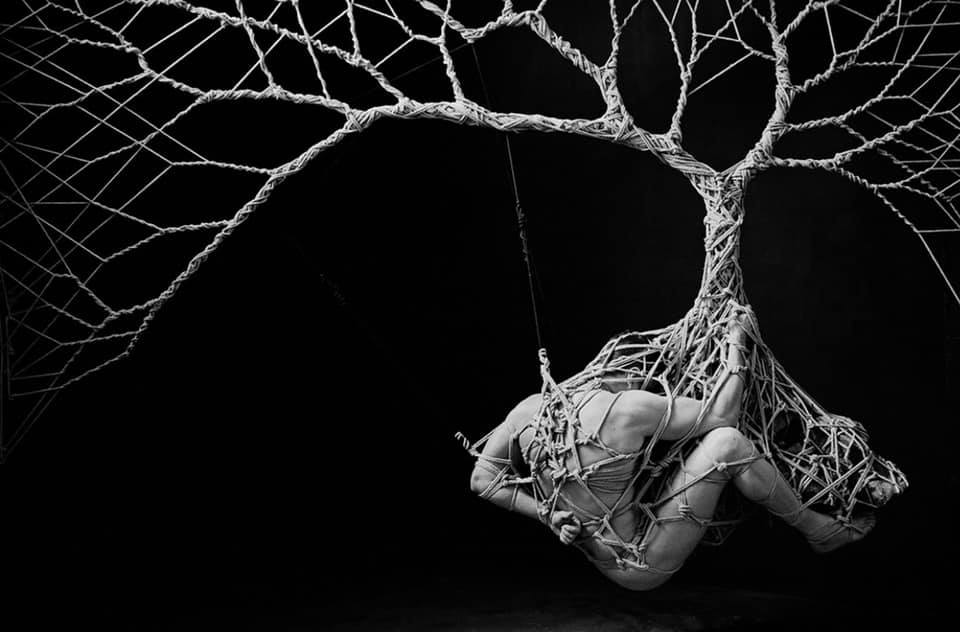






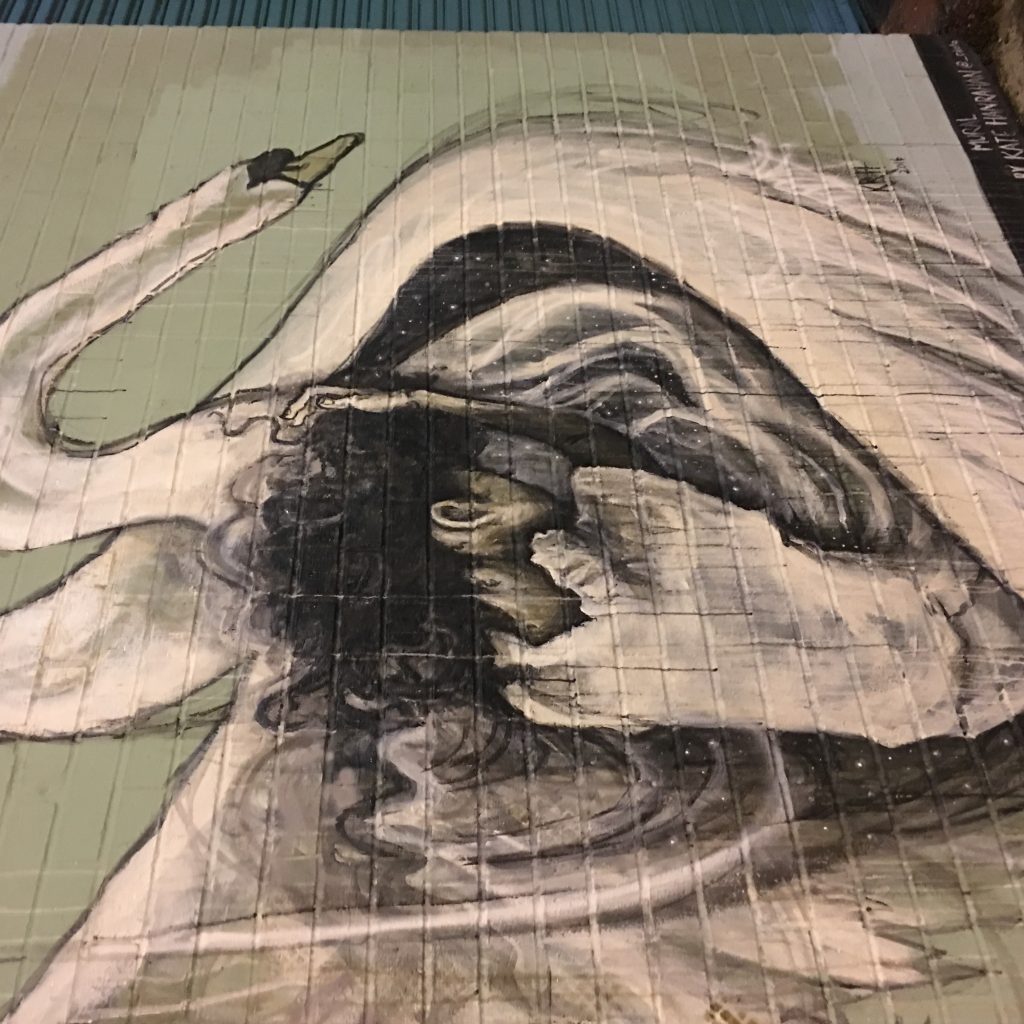














 The Goddess Emerging by Jelwery Artist Lizzie Goodwin
The Goddess Emerging by Jelwery Artist Lizzie Goodwin 




